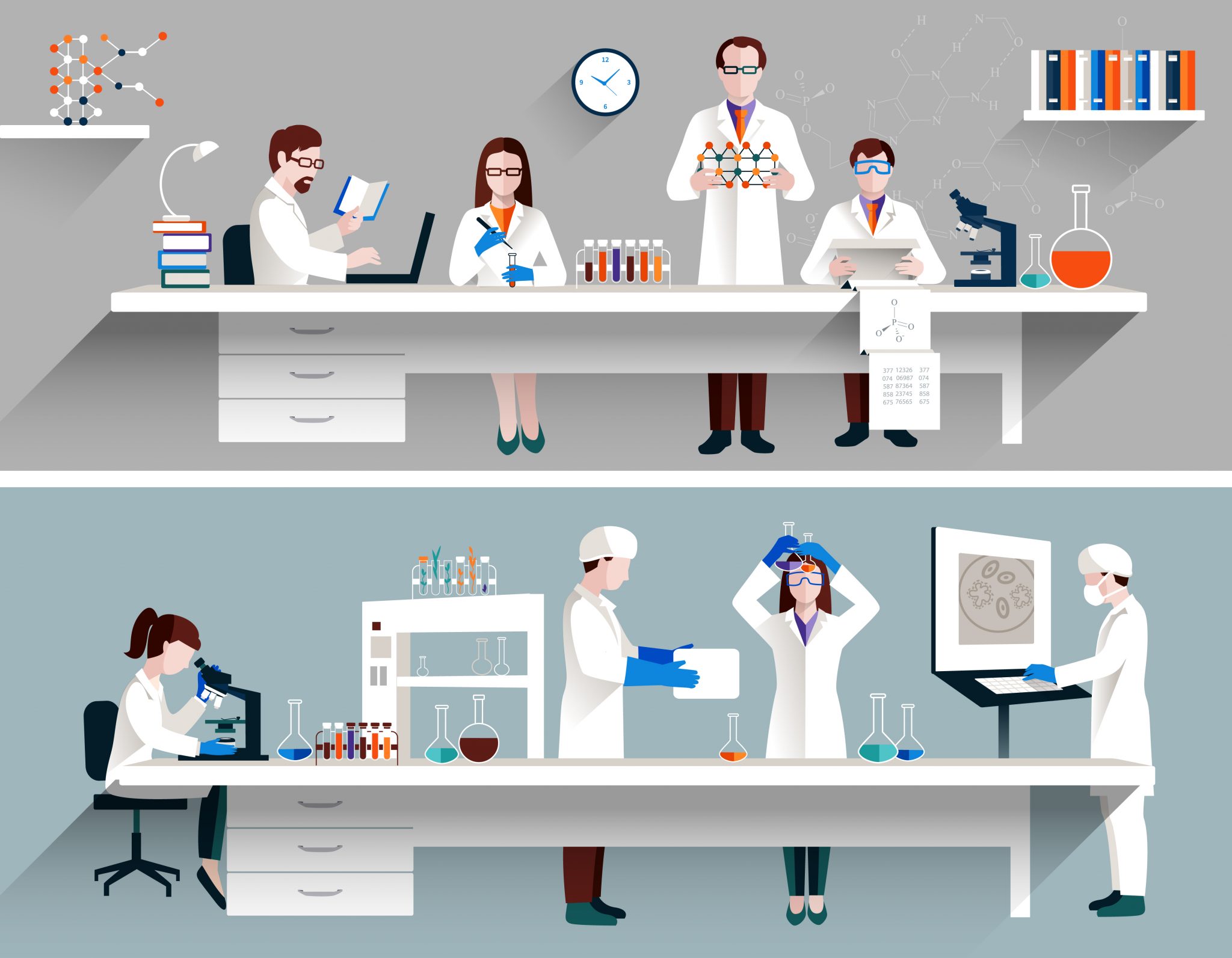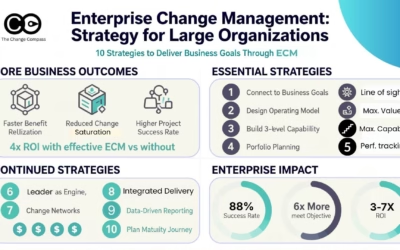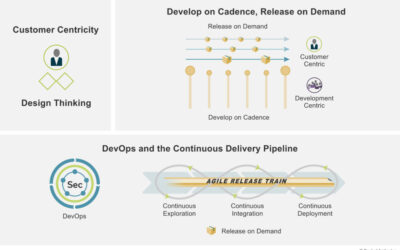There are many facets of driving agile changes. Agile changes are featured by such as developing minimum viable product and not investing too much initially, developing a series of iterations to gradually improve the product, engaging stakeholders early and frequently to ensure the outcomes meet business needs, developing working product/solutions from which feedback may be sought to feed iterative improvements prior to final release.
With so many facets of implementing agile changes, what is the most important part of driving agile changes? What is the core concept that must be done right without which the change would not be considered ‘agile’?
One of the most critical parts of agile change is the concept of developing a hypothesis that can be tested. The outcome must be clear in terms of whether the solution developed meets the business needs or not.
Why hypothesis?
In waterfall methods of delivering projects, the focus is on spending significant focus understanding and detailing features and ‘requirements’ from the business. From these, the solution is then designed and developed.
The problem with this approach is:
- Significant resources and investment may be required to sufficiently develop the solution depending on the complexity involved
- It may also take a long period of time to involve various stakeholders and investigate solution design options before a final product can be developed. A series of design decisions also need to be made, each step taking time to undergo
- The business may not know what they want and they would need to provide ‘requirement’s that may or may not meet their needs. For example, prior to the launch of iphones, touch screen phones were not popular and were not seen as the design of future phones
- The risk can be significant if the solution developed does not meet business needs. Millions of dollars of project investment could have been wasted if this is the case.
On the other hand, what is the advantage of a hypothesis based approach?
- Does not spend a lot of time creating a sophisticated solution or product. Instead, a simplified version is developed which captures the core of business need. This is then tested, and then the results can then feed into further improvements required. In this way, the process allows organisations to fail early and cheaply in order to eventually come up with the winning solution
- Instead of focusing on detailed planning which is based on a series of assumptions which may not have been tested to be valid, the focus is on deriving a solution that CAN be tested and validated or invalidated. This is especially important when the solution is new and has not been implemented previously in the organisation
- The hypothesis approach is a scientific approach where the focus is on proven results based on data. In the same way a laboratory technician would conduct a series of experiments to test the properties of a chemical solution to further understand it, in the same way the project team would conduct a series of ‘experiments’ (or iterations) to gradually test and from testing results, improve the solution
- Tests are always based on ‘real’ data and real scenarios therefore there is a much greater chance that the final solution will meet business needs
The importance of a hypothesis-approach for organisational agility
The survival and growth of a company are dependent on its ability to go into different products, different territories or different customer groups to expand its offering. In order to do this, the company needs to ultimately launch various products or services that do not exist currently or that have not been launched in certain new areas/segments.
Therefore, the ability of the organisation to continuously develop, launch and learn from new products and services is critical for its success. Each product launch is a new hypothesis that is to be tested. And with each testing, a set of learning is achieved which will improve its next product launch. In this way, this is how companies become agile and develop the ability to flex and change based on its ability to generate hypotheses.
For digital businesses developing hypothesis is a core way of operating. A hypothesis can be as small as testing the wording of the website using A/B Testing to see which wording is more engaging for website visitors. A/B Testing is where a certain number of visitor traffic is channeled into one version of the website versus another version. And the results of visitor interactions can be used to validate which version is more engaging.

Change management hypothesis testing
To truly adopt a hypothesis-based approach to change management one needs to adopt change hypothesis testing. What is change hypothesis testing I hear you ask? It is basically developing a series of small change experiments to test assumptions. Change experiments are important because they help to inform what change tactics or approaches work or do not work.
Some examples of change experiments include:
- Wording of campaign phrases or positioning
- Email click-through rate based on details such as who email is from, time of delivery, etc.
- Effectiveness of training exercises
- Employee awareness after town hall messages
- Website effectiveness
- Impact assessment approach effectiveness
- Campaign medium effectiveness such as freebies, posters, etc.
However, it is critical to ensure that hypothesis to be tested is not time nor resource intensive. The experiment must also be tested using feedback data. The hypothesis cannot be proven or disproved unless it is backed by hard data and not just opinions.






